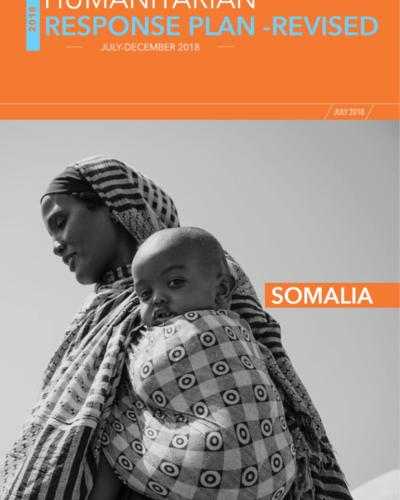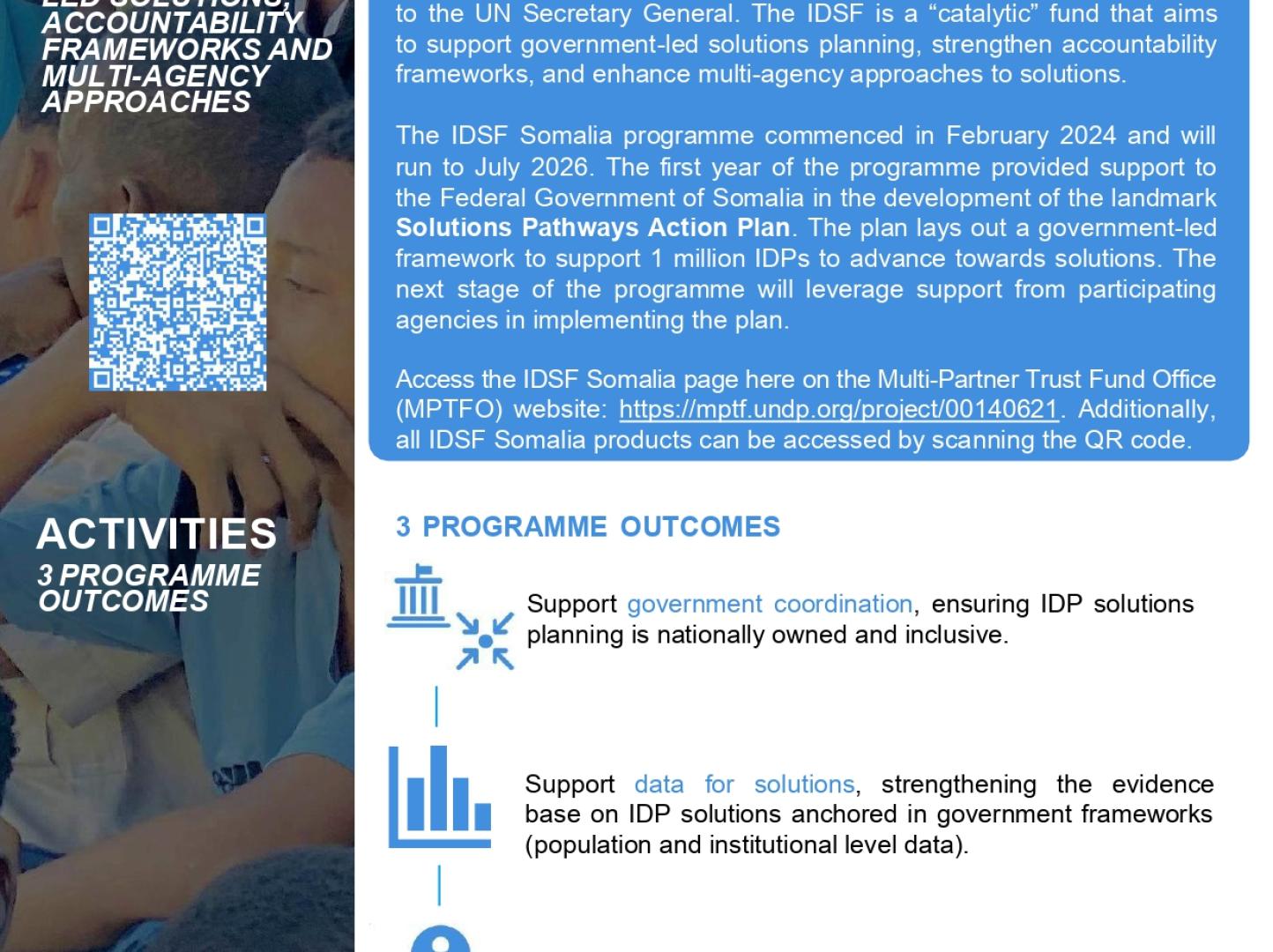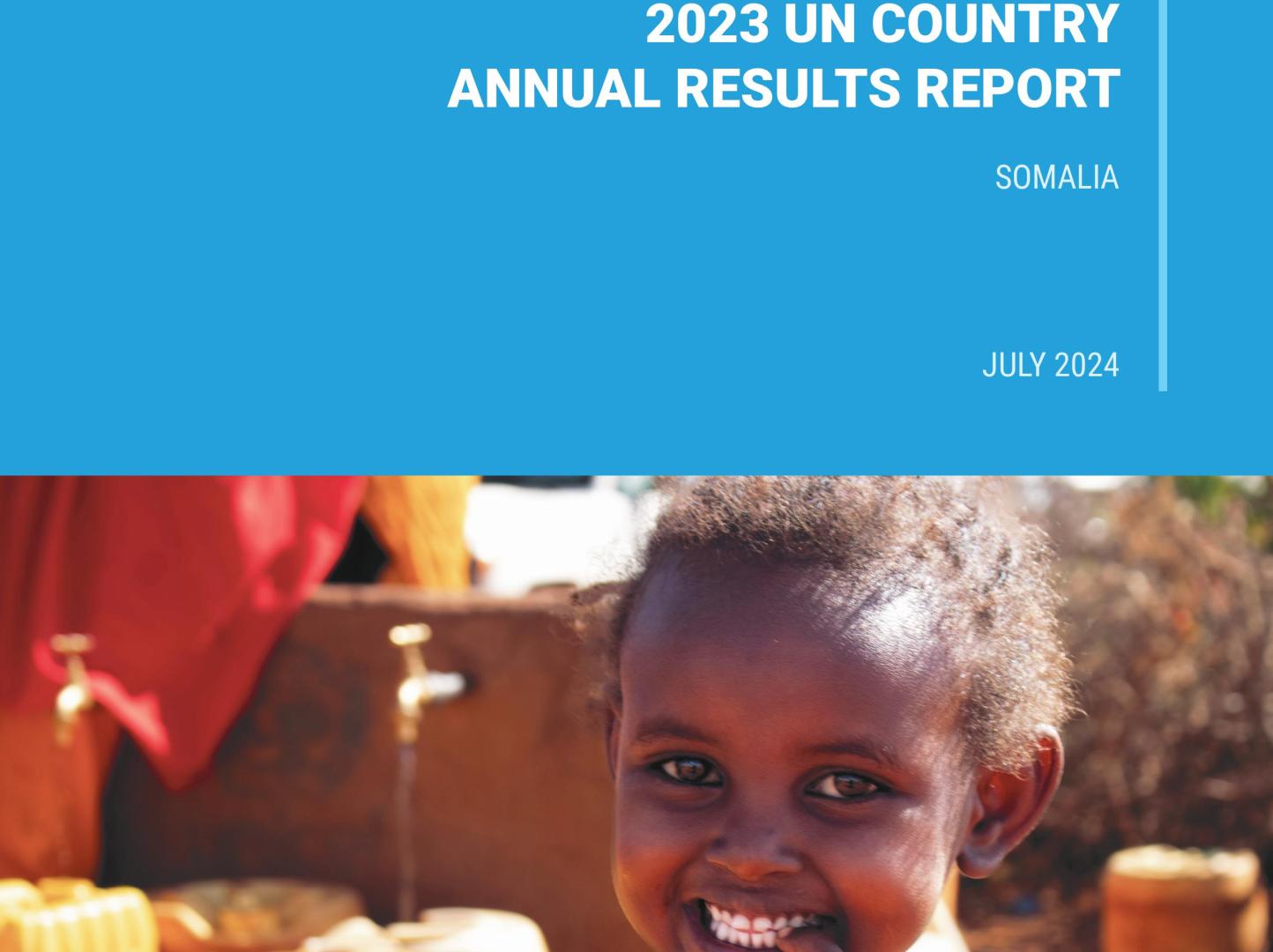Somalia Humanitarian Response Plan 2018 - Revised - July to December 2018

After a prolonged period of drought, the above-average Gu rainfall between late March and June marked the end of a lingering dry period across much of Somalia. However, record levels of rain – 125 per cent higher if compared to the long-term average recorded over much of the country 7 – also had a devastating humanitarian impact in most regions of the country, especially in Banadir, Galmudug, Hirshabelle, South West and Jubaland states, where fl ash and riverine flooding aggravated the needs of an already highly vulnerable population, causing fatalities, mass displacement and damage to infrastructure and cropland. The situation has been further exacerbated by the protracted confl ict in Somalia, compounded by recent clashes in the Sool region. The spike in the number of evictions of internally displaced persons (IDPs), which has affected nearly 160,000 people in the first four months of 2018 alone – compared to 200,000 in the entirety of 2017 - has further worsened the protection situation in the country. Furthermore, the 2018 Humanitarian Response Plan remains still largely underfunded; with 36 per cent of the $1.5 billion required has been received, critically affecting the capacity of the humanitarian partners to sustain the operation in Somalia.
Despite some improvements, food security remains dire
The positive impacts of collective efforts from Somali authorities, national and international partners, and the diaspora, which successfully averted a famine in Somalia last year, are still being felt. Sustained food security assistance programmes reached an average of 1.8 million people per month between February-April 20188 , having reached 3.1 million people in total in 2017.
Th is timely scaled-up response, and the favourable conditions brought about by the Gu rains, have had a relatively positive impact on livestock conditions, water/pasture availability, bumping the downward trend which has emerged during the last two years. Th e number of people who require urgent lifesaving assistance (IPC phases 3 and 4) has decreased by 22 per cent, from 3.3 million in the fi rst quarter of the year, to 2.5 million in May, according to the post-Jilaal assessment released in May 2018. However, in total, more than 5.4 million people (IPC 2, 3 and 4) – around 43 per cent of the population – still need humanitarian assistance in Somalia.
Although the people-in-need figure represents important progress – 6.2 million had been recorded at the beginning of the year, as displayed in the initial 2018 HRP – the overall humanitarian situation in Somalia remains severe, and the people-affected figure is still higher compared to previous years. About 312,000 people are at Emergency phase (IPC phase 4), just one step away from famine. Th is is almost four times more than those in January 2017 (83,000 people in phase 4) and, without humanitarian assistance, many families in IPC phases 1–3, particularly in central and southern Somalia, would likely be at least one phase worse according to the Famine Early Warning Systems Network (FEWSNET). In addition to this, as confirmed by the PRMN and DTM in Somalia, there has also been a 1 million increase in the IDPs fi gures, which brings the total to 2.6 million IDPs, fi gure used also by the FSNAU postJilal assessment released in May 2018.
Changes in the humanitarian context, such as the recent fl ooding, the spike in confl icts, the subsequent displacements, and the increasing number of evictions are adding even more pressure on this severe situation. Recent clashes in the disputed regions of Sool and Sanaag, focused on the town of Tukaraq, have further worsened an extremely fragile humanitarian situation in a region chronically affected by shock and consequent food insecurity and protection crises.
After decades of armed conflict, instability and disaster, Somalis are highly vulnerable to shocks. Without adequate assistance, the food security outlook may deteriorate again over the coming months, especially in flood-affected areas: the river line zones of Hirshabelle and Jubaland, and some agro-pastoral zones of South West State. In these areas, several roads became temporarily impassable and trade flows have subsequently slowed down. Although the prices of the main consumed cereals had remained stable in the majority of the districts until March 11, because of the new access constraints, food costs have since increased in flood-affected regions.











